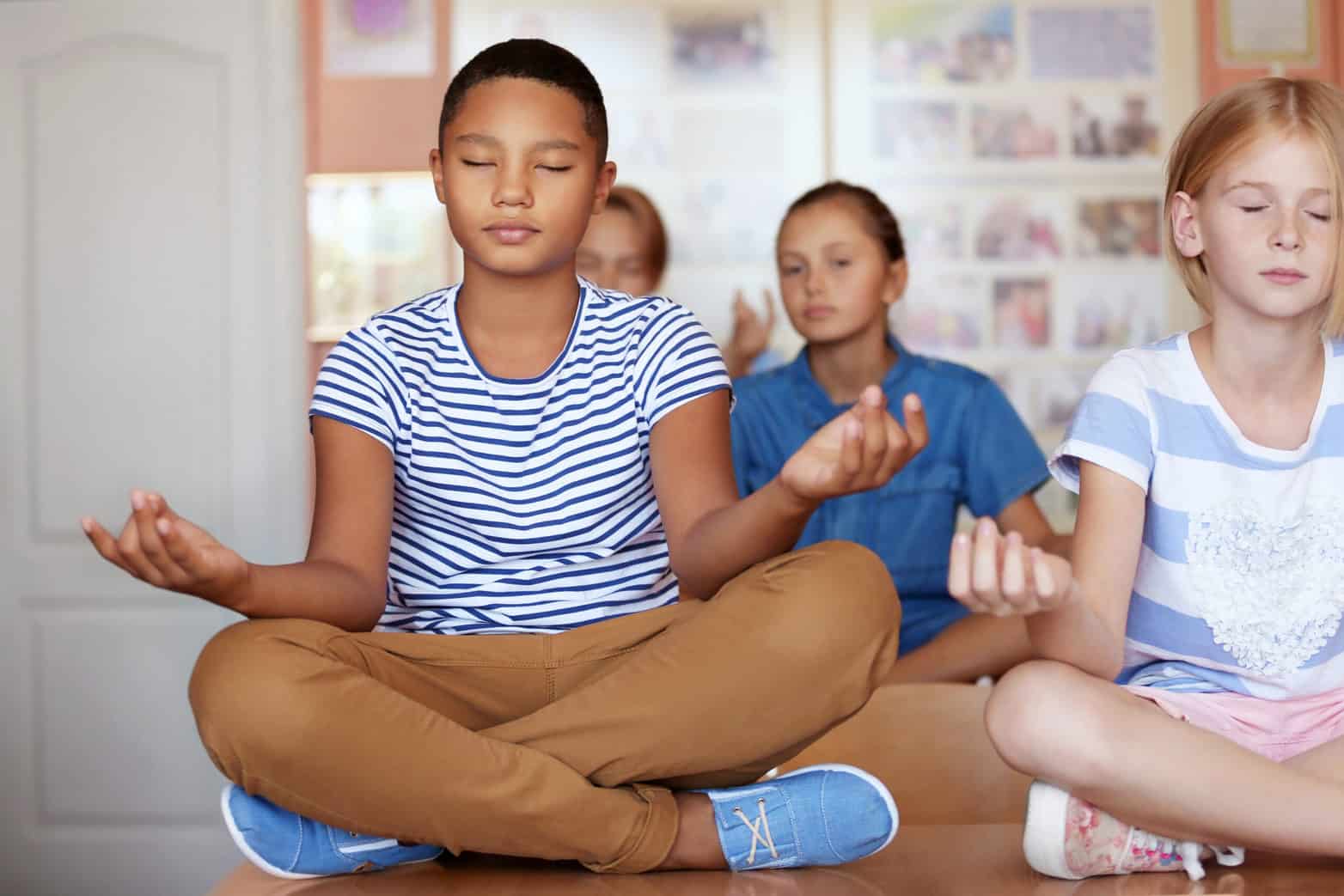It’s February in the 1980s. I am sitting in my elementary school and it’s Black History Month. Again. I look around and see that I am the only student of color and we are discussing slavery. Again. The only other Black faces that look like me in the classrooms are slaves from our textbooks. Again.
It was during these moments that I so vividly remember feeling negative about being Black. I hated being the Black kid in the classroom. I would sometimes wonder if these pictures I was looking at were my ancestors. I was asked this by a classmate, too. Were they related to me? Were they feeling the same shame of our race as I did? Did they feel as if the way we were born was wrong or some sort of curse? I also remember during my elementary school years feeling completely disheartened.
It felt like every year, no matter what grade I was in, from the end of January through February, we always connected Black History Month to slavery and/or the Civil Rights movement. Even though I came from a home that fostered pride in my culture and my race, I would sit in class with my head down. See, Black History Month was the only time I felt represented or seen or saw someone that looked like me.
I don’t believe that the teachers I had were being malicious in teaching this content. In their minds, this was truly a celebration of a horrid history and how far we have come. The truth is, we have to teach the “hard” history to learn from its mistakes. What my teachers didn’t realize was that it was traumatizing to see only representations of Black people who were oppressed, who had to fight to be heard, who had to fight to feel like they belonged, or even just to be treated as human at times.
Why did people who looked like me have to be oppressed to be a hero? Why did I know that Alexander Graham Bell invented the telephone, but didn’t learn that Garrett Morgan invented the traffic light until I was an adult? The focus was on our struggles of being Black, but it wasn’t inclusive of our victories, our creations, our truths, our experiences, and our voices.
The child version of me didn’t understand why I felt like I did, but as an adult and an educator who now recognizes what was missing, I want to make sure no other child feels alone or ashamed of who they are.
Now that I sit on the other side of the desk, I recognize how important it is to instill in each student an awareness and appreciation of their cultures, backgrounds, lifestyles, and environment.
Black brilliance is now the essence of the learning environment I cultivate. As an English teacher, I still experience angst when considering the positive representation my students need to see; in spite of that, however, I’ve made the decision to be intentional in making cultural connection the focal point of as many endeavors in the classroom as possible. As educators, we must all be deliberate in cultivating Black voices. We must be intentional in embedding Black excellence within our content by any means necessary.
I am now teaching in a district where I am the only teacher of color most students see. I am the only teacher of color in my grade level, and we only have one other teacher of color in the entire building! Because of this, I create opportunities to showcase Black brilliance as often as possible. Creating an environment where students of color to see themselves is a top priority, and I take time to acknowledge, ask, and build relationships with my students from other cultures. Here are a few ways I make sure that positive representation is apparent in my classroom and that I connect with students:
- My content is infused with examples of Black excellence. Any sentence that I create for a test is focused on Black accomplishments. I use names like Ava Duveray, Lena Waithe, Michael B. Jordan, and others. We have journal entries where I simply ask students to tell me about themselves, about what makes their experiences unique while using content vocabulary. This allows all students to see that people of color are more than just a struggle. It also gives our students of color a strong sense of affirmation and belonging.
- On our inspirational t-shirt day or dress down days, I highlight the small Black businesses that sell the clothing that I wear. This allows students to have conversations about their potential and their future. Two years ago, I had a student who loved to draw custom shoes. Coincidentally, I also have a friend from college who sells custom shoes. When I shared my friend’s Instagram page with my student, his eyes lit up. He couldn’t believe that he could express himself and become an entrepreneur in the process.
- I celebrate Black joy all the time! Our team decided to have a Black History Spirit Week to experience Black culture in its fullness. We infused hip-hop culture, the Pan-African flag, and other things into dress competitions for all students to join in. We explained to students how to appreciate without appropriating (just as important). Our Black students felt affirmed and were excited to be represented.
- I am purposeful in connecting with my students! I go to football and basketball games, plays, and community events. It’s important to the students to see me there. At a football game last year, it took my husband and me nearly 30 minutes to get to our seats because students kept coming up to me to chat and introduce me to their families. One parent told me that her daughter was never interested in school until my class—seeing herself represented and uplifted through the content inspired her desire to be a Social Studies teacher.
These are just a few examples of allowing our students to see themselves represented, no matter what content we are teaching. I encourage you to make similar efforts with your students! You will see a difference in your classroom environment!





